Start 14-Day Trial Subscription
*No credit card required

Nicaragua: The Land of Volcanoes, Surfing and Beer
“Reconsider travel to Nicaragua due to civil unrest, crime, limited healthcare availability, and arbitrary enforcement of laws.”
So says the U.S. travel advisory website, but I’m here to tell you to reconsider reconsidering traveling to Nicaragua. I just got back, the trip was great, and so was the beer.
Tell someone you’re planning to go, and you will receive one of the following responses: “What! Why?” “Where’s that?” Or some form of “Try to come back alive.”
You won’t have to try very hard to come back with breath still in your lungs, as Nicaragua is the safest country in Central America, even more so than Costa Rica, which sits right below, and Mexico, which is a couple countries up. As for why you might go, there are many acceptable answers.
For Matt Greenberg and Brendan DeBlois, founders of Nicaragua Craft Beer Co. and passionate surfers, the waves were beckoning.
Nicaragua is known for its premier surfing destinations due to consistent off-shore winds that keep waves shoulder to head-high on average, warm waters with minimal chop and best of all – uncrowded beaches. It is also one of two places in the world where you can surf on land, down a volcano. That's right. Many of Nicaragua's volcanos, some of which remain active, are now the home of one of the world's newest and hottest extreme sports, where boarders don orange jumpsuits and protective goggles while reaching speeds of nearly 60 miles per hour on a rocky 45 degree slope.
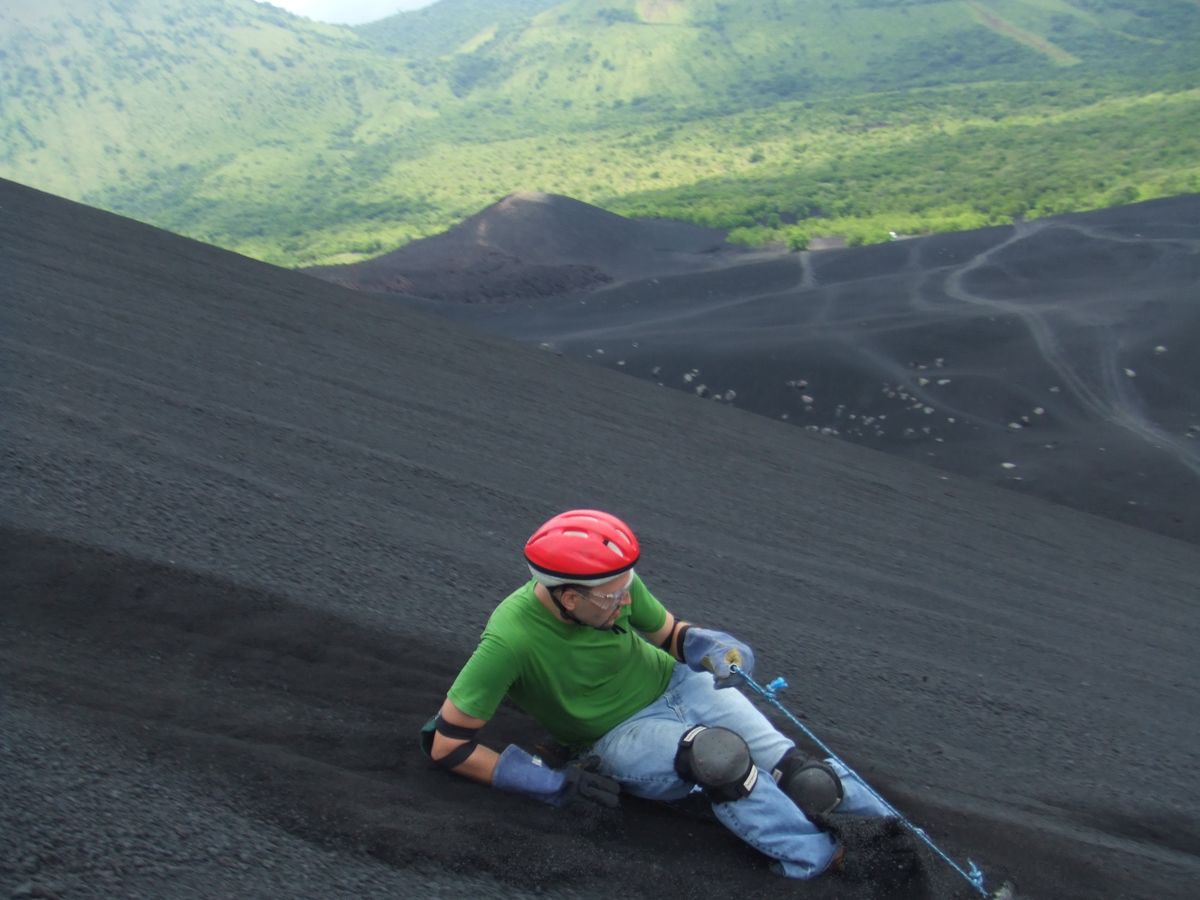
Volcano surfing is one of the world's newest and hottest extreme sports, where boarders don orange jumpsuits and protective goggles while reaching speeds of nearly 60 miles per hour on a rocky 45 degree slope.
So in 2009, during their college years, Greenberg, DeBlois and future co-owner Bobby Hottenson would travel to the region, relishing the relatively undeveloped beauty of the area and especially the chilled vibes of San Juan del Sur, the country’s premier beach town. However, there was one thing that was totally un-relishable in Nicaragua – craft beer.
Like much of the region, the craft beer scene in Nicaragua was essentially nonexistent. If you wanted a beer you would likely just ask for a Toña, the ubiquitous 4.6 percent ABV domestic lager. Coupled with a fast-growing tourism industry which Greenberg identified as “about 10 years behind Costa Rica’s”, the friends saw a chance to build the Nicaraguan craft beer market before anyone else.
“We thought, ‘Why be the eighth brewery in Costa Rica when we could be the first?’”
So in early 2013 Greenberg and DeBlois quit their jobs in America, added Hottenson as a partner and moved to Nicaragua after raising $325,000 in capital.
They chose San Juan del Sur as the brewery’s home – a pleasant, walkable town on the Pacific coast with a strong tourism pull. Of course, it was also close to all the best surf spots.
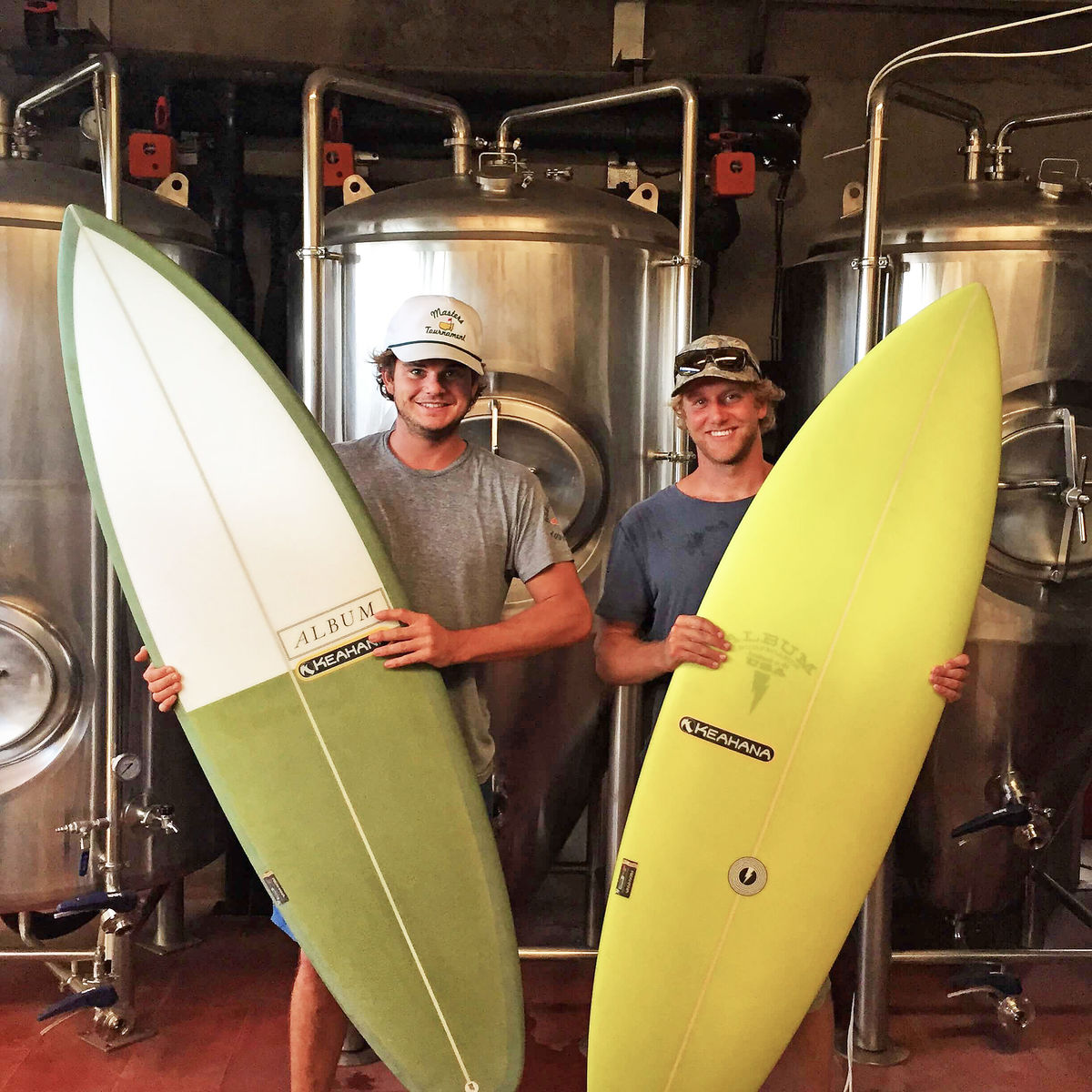
Co-owner Bobby Hottensen, left, and Matt Greenberg, founder, relished the relatively undeveloped beauty of Nicaragua and the chilled vibes of San Juan del Sur, the country’s premier beach town, before starting Nicaragua Craft Beer Co.
Hottenson described the initial building process as both exciting and tense, as the brewery’s equipment had to be shipped by sea to Nicaragua where it was held up in customs for a whopping six months.
Once the equipment was cleared, it was just a matter of transporting the brewhouse via forklift through cobbled streets and low-hanging power lines. As Hottenson pointed out, there is far less red tape and regulation than you find in a country like the U.S., with thousands of breweries and dense legislature to accompany it. So beyond the initial customs hold up, the biggest challenge was the path ahead – introducing a country to craft beer.
It’s hard to imagine being the first brewery in a town, let alone the entire country. But this is a distinguishment that Nicaragua Craft Beer Co. has earned. The team is not simply in it for the money. A love of the country and culture came first, which ensures that business decisions factor in what is best for the community and the nascent craft beer scene.
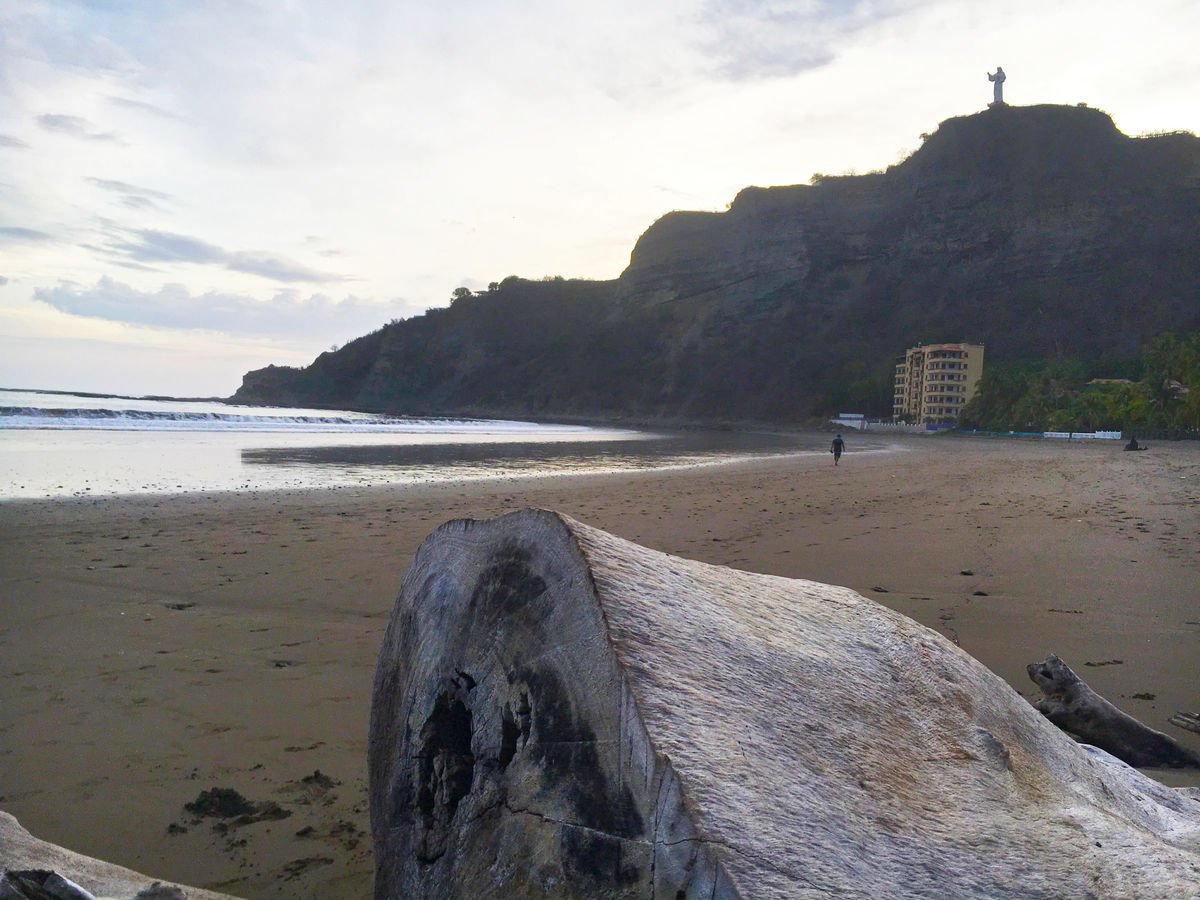
Matt Greenberg and Brendan DeBlois chose San Juan del Sur as Nicaragua's home – a pleasant, walkable town on the Pacific coast with a strong tourism pull due to its proximity to great surfing spots.
In true craft brewing spirit Nicaragua Craft Beer Co. is a source of employment for locals, and hosted the country’s first craft beer festival in 2016, featuring 20 brews from six different recently born Nicaraguan breweries, most notably Compañía Cervecera del Moropotente.
The festival would successfully repeat in 2017, but the following year would spell trouble for the festival, breweries and the country’s economy, as protests against the government led to violent crackdowns, dealing a heavy blow to the country’s tourism industry and economy.
Due in part to a since-lifted travel ban for U.S. citizens, tourism was cut roughly in half, along with the revenue it brought into the country. Though protests were mostly confined to the capital and nearby Leon, the world was given the impression that the entire country was a warzone. For a country and beer scene slowly climbing its way up into a higher state of development, this was a big blow.
San Juan del Sur, as a tourist haven, was hit especially hard. Shops, restaurants and hotels that relied heavily on tourist traffic struggled to stay afloat, and many bootstrapped businesses were forced to shutter.
Luckily, Nicaragua Craft Beer Co. had a plan that helped them weather the storm. Phase one was to build the brewpub – a modern, open-air facility with a welcoming beer garden in back. Phase two was to use this foundation as a platform for export.
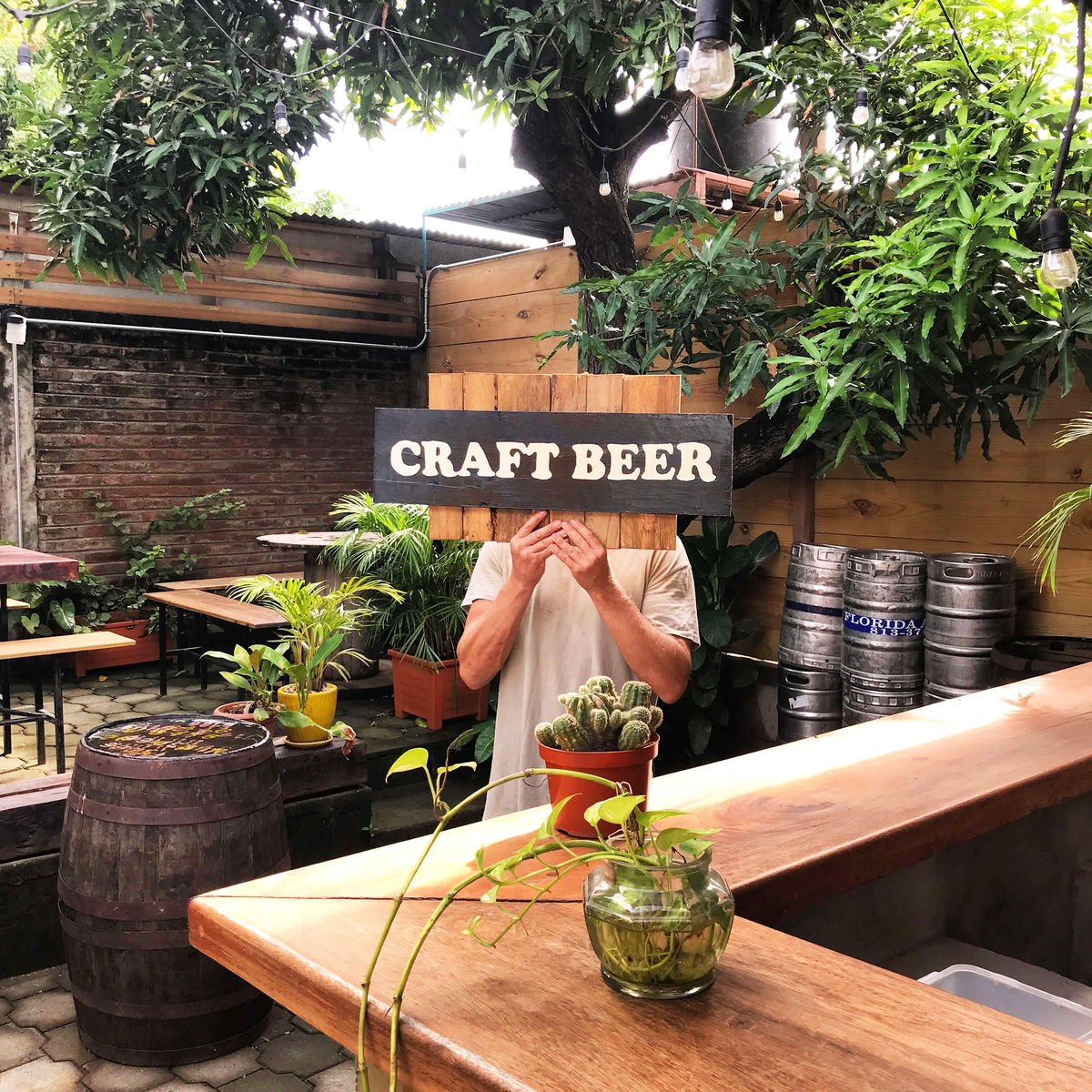
Phase one of opening Nicaragua Craft Beer Co. was to build the brewpub – a modern, open-air facility with a welcoming beer garden (above) in back. (Photo Courtesy Nicaragua Craft Beer Co.)
Which brings us to 2019. Things are looking good. Tourism is slowly picking back up, and the brewery is now exporting its first brew to America.
Panga Drops is a 6.2% ABV Keller Pils, refreshing in both flavor and packaging. Named for the nearby gem of a surfing beach, this unfiltered and crisp golden-colored beer with bright, lemony hop notes comes in an 8-ounce squat can inspired by local soft drinks.
“When you’re drinking a beer in the Nicaraguan heat,” says Greenberg, “the last four ounces tend to get warm. So, we moved those ounces to the next can to keep them cold. The 8-ounce squat cans chill faster to help keep you cool and refreshed.”
What first seemed gimmicky was very quickly proven to be of value. After a six-mile hike to Cristo de Misericordia, the iconic statue of Christ overlooking the harbor of San Juan del Sur, I desperately sought a cerveza immediately upon arrival back into town. Of course, having stopped at a small restaurant, the beer was Toña, and in the few minutes it took to get to the bottom third, it was warm.

After a six-mile hike to Cristo de Misericordia, the iconic statue of Christ overlooking the harbor of San Juan del Sur, a nice cerveza hits just right.
Recognizing nature’s precedence is an important element of life in Nicaragua, and one more sign that the brewery has captured the essence of the country in its beers.
Each of its offerings is designed to mesh with the climate, generally lower in alcohol, never too heavy. Hydration is the name of the game, and the elements can quickly alter plans. During a visit to the brewery at night, powerful tropical thunderstorms materialized seemingly out of thin air, leaving those present to decide whether to scramble for cover or to take a natural high-pressure shower.
I simply sat back and enjoyed my flight.
After the crushable Panga Drops, the Dunkel was a personal favorite – delicately sweet and rounded with rich notes of cacao and coffee that didn’t overpower. Surprisingly, this is one of the brewpub’s more popular styles despite the tropical climate. Unlike in the States, craft beer is still a very novel concept and many visitors have never seen a dark beer. To locals, the Dunkel is novel like the IPA was in America, and its mild yet full-flavored profile is exciting, but firmly grounded in the familiar realms of cacao and coffee.
Another star was Gose with Hibiscus and Himalayan Pink Sea Salt, a flavor combo which lends a rosy haze to the glass and a gentle tart kick to each sip. The beer bears the stylistic hallmarks, noticeable saltiness and tang, which mingle with the botanical edge for a unique drinking experience perfectly suited to the climate.

When you go to Nicaragua, you’ll sweat, share a seat with a stranger on a bus, or have an iguana scuttle out in front of you for a staring contest. I had all three.
When you go to Nicaragua, you’ll sweat, share a seat with a stranger on a bus, or have an iguana scuttle out in front of you for a staring contest. I had all three. But what you get in turn is the chance to live one step closer to life. You stay in touch with the elements and your fellow man in a way the U.S. has largely forgotten with our cloistered climate-controlled vehicles and private offices.
You’ll weave in and out of traffic on a repurposed American school bus while eyeing the country’s volcanoes in the distance, and you’ll relish your street-side burrito with avocado-honey sauce while watching mopeds buzz by, all at the speed of life.
So when people ask why I went, I have an arsenal of answers. I needed to verify that eight-ounce cans were actually practical. Check. I wanted to see a sloth and its baby. Yes. Most of all, I needed a reminder that when it rains, the world keeps turning.
In Nicaragua, you’ll get that reminder, along with a ton of new friends and now, thanks to Nicaragua Craft Beer Co., delicious beer.
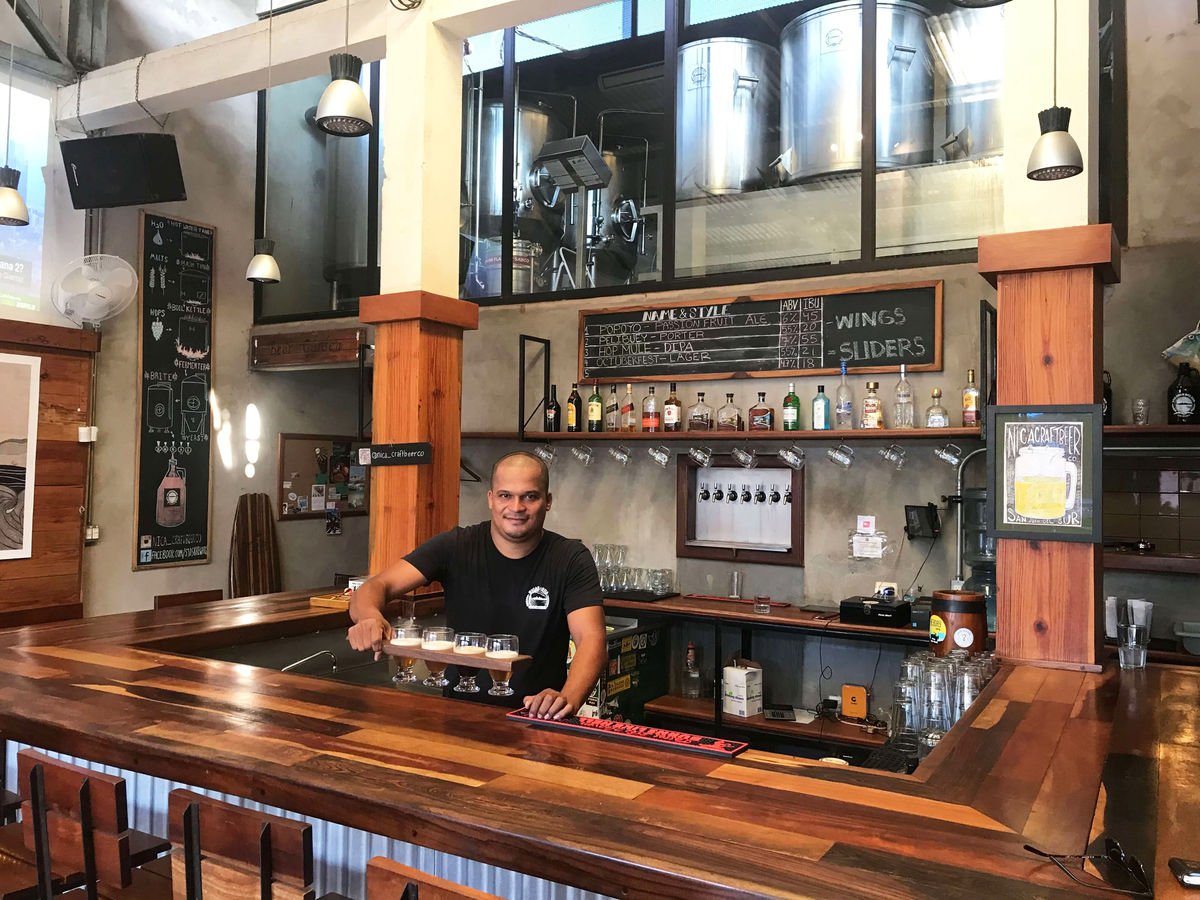
Images Courtesy Jim Dykstra except where noted (Footer Photo Courtesy Nicaragua Craft Beer Co.)



